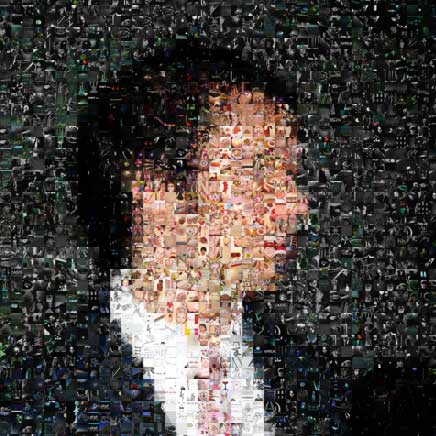The new Volvo S40
From: Régis Kuckaertz
Volvo has redesigned (sic) the S40 model, following a few — scandinavian — design principles:
1 Less is more
2 Treat everything like a piece of art
3 Form follows function
4 Redefine luxury
5 Never stop learning
Seems to be the perfect car for a designer!

Seagate packaging like Apple
From: Ross Hill
I just came across How Seagate learned to package like Apple. and thought you might be interested. A ‘corporate’ company jumping on the design bandwagon – with human copywriting.

“Crap” design regurgitated as “good” design
From: Yong Bakos
Check out the last half of this post from David Byrne, on design masters feigning crap design as style.
I guess at some point designers (and others) get bored with “good” design and the increasing ease of making tasteful design that looks more or less like everything else, which is exactly the point, and also not the point. At some point I guess people designing things want them to look tasteful so that they’ll appeal to a semi-sophisticated crowd. And now it’s pretty easy to do that. With computers, and under the influence of the wealth of slick packaging in the world, tasteful layouts are pretty easy to emulate. The general public is fairly sophisticated in their design sense these days — they “read” the language of design — but, it being a visual language, they are not able to articulate the “text”. But if as a designer you want to be really hip and to appeal to those who deem themselves above mere tasteful design, then you have to have to work a little harder. One way to achieve this ultra cool surprise is to look intentionally bad, but to drop little visual ironic winks into the mix so that the audience knows it’s not really buying a record by a crappy East German band.
So, over the years, every genre of crap design — East German products, tacky back of magazine ads recycled by Warhol or Lichtenstein, sleazy RnB and Rock and Roll record covers, amateur porn and scientific textbooks — gets regurgitated as “good” design. Everything gets mulched and reused. So how does anything truly new ever get created?
Continued…
 It’s been a long time coming, but today we’re proud to officially announce the launch of the new Backpack.
It’s been a long time coming, but today we’re proud to officially announce the launch of the new Backpack.











